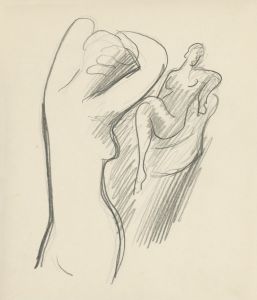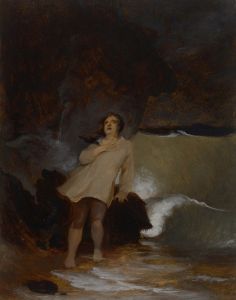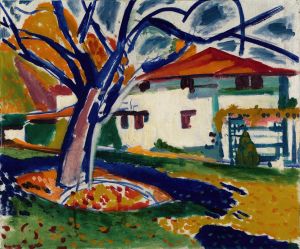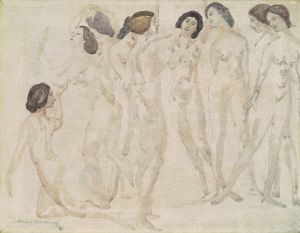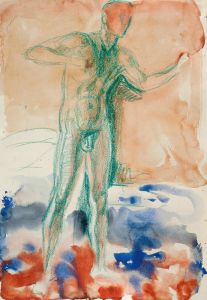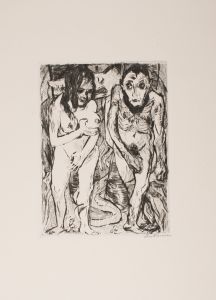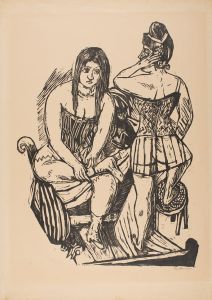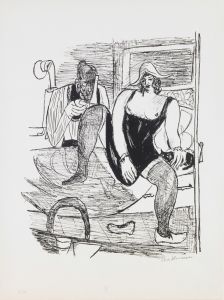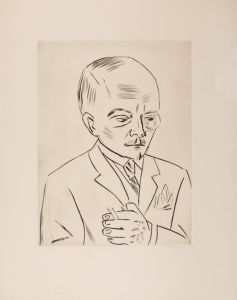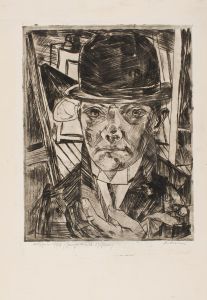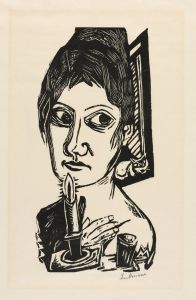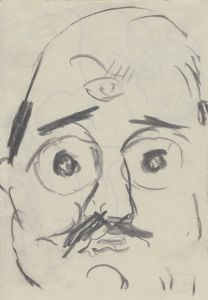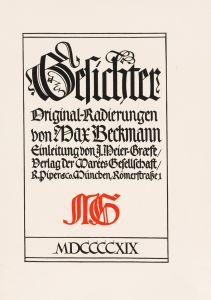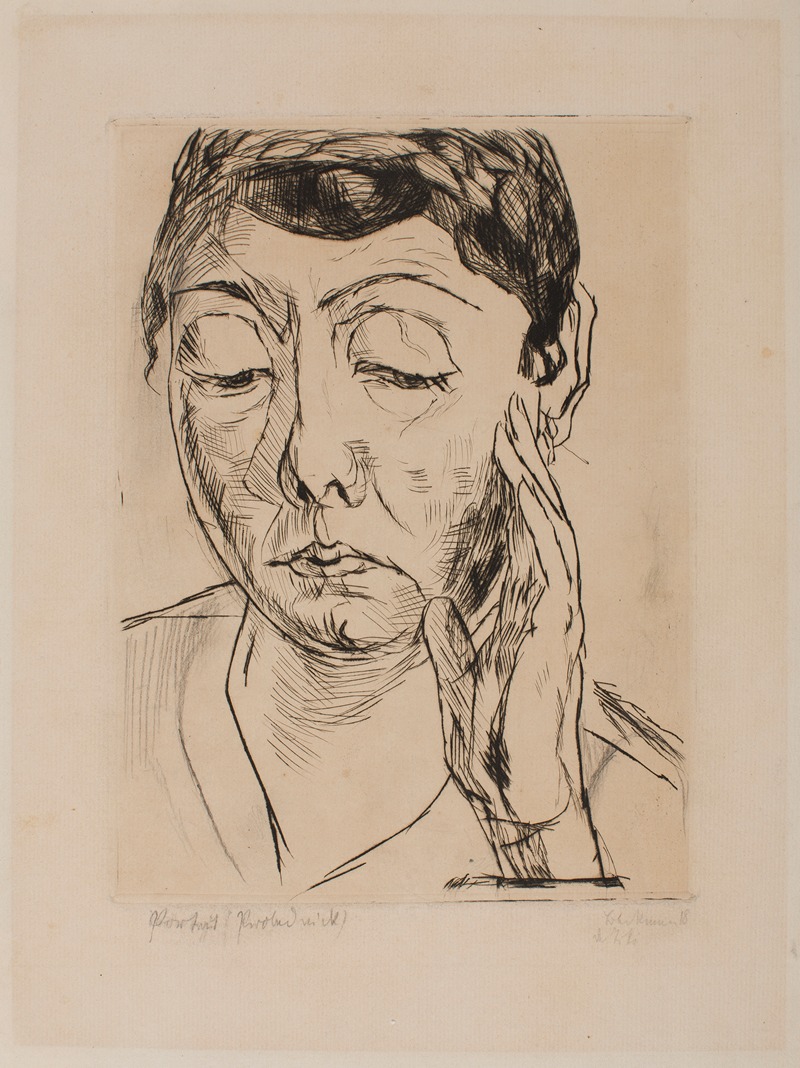
Model
A hand-painted replica of Max Beckmann’s masterpiece Model, meticulously crafted by professional artists to capture the true essence of the original. Each piece is created with museum-quality canvas and rare mineral pigments, carefully painted by experienced artists with delicate brushstrokes and rich, layered colors to perfectly recreate the texture of the original artwork. Unlike machine-printed reproductions, this hand-painted version brings the painting to life, infused with the artist’s emotions and skill in every stroke. Whether for personal collection or home decoration, it instantly elevates the artistic atmosphere of any space.
"Model" is a painting by the German artist Max Beckmann, created in 1926. Beckmann, born in 1884, was a prominent figure in the German Expressionist movement, although his work often transcended the boundaries of this style, incorporating elements of New Objectivity (Neue Sachlichkeit) and other modernist trends. His art is known for its bold use of color, complex compositions, and often intense emotional content.
The painting "Model" depicts a female figure, presumably a model, in a studio setting. The composition is characterized by Beckmann's typical use of strong, dark outlines and a somewhat distorted, yet highly expressive representation of the human form. The model is portrayed in a seated position, with a contemplative expression, which is a common theme in Beckmann's work, reflecting his interest in the psychological depth of his subjects.
Beckmann's work during the 1920s, including "Model," often explored themes of identity, isolation, and the human condition, influenced by the tumultuous socio-political climate of post-World War I Germany. This period was marked by significant upheaval and change, which is reflected in the introspective and sometimes somber tone of his paintings.
The painting's background is relatively sparse, focusing the viewer's attention on the model herself. This minimalist approach to the setting is typical of Beckmann's style, where the emphasis is placed on the figure and their emotional state rather than on elaborate backgrounds or extraneous details.
Max Beckmann's career was significantly impacted by the rise of the Nazi regime in Germany. His work was labeled as "degenerate art" by the Nazis, and he was forced to flee the country in 1937. Despite these challenges, Beckmann continued to produce art throughout his life, eventually settling in the United States, where he continued to teach and paint until his death in 1950.
"Model" is a testament to Beckmann's skill in capturing the complexities of human emotion and his ability to convey profound psychological insights through his art. The painting remains an important example of his work from the 1920s and is representative of the broader themes and stylistic approaches that define his oeuvre.
Today, Max Beckmann is regarded as one of the most important artists of the 20th century, and his works are held in major museums and collections around the world. "Model" continues to be studied and appreciated for its artistic and historical significance, offering insight into the mind of an artist who navigated and responded to some of the most challenging periods in modern history.





